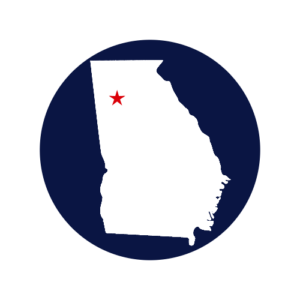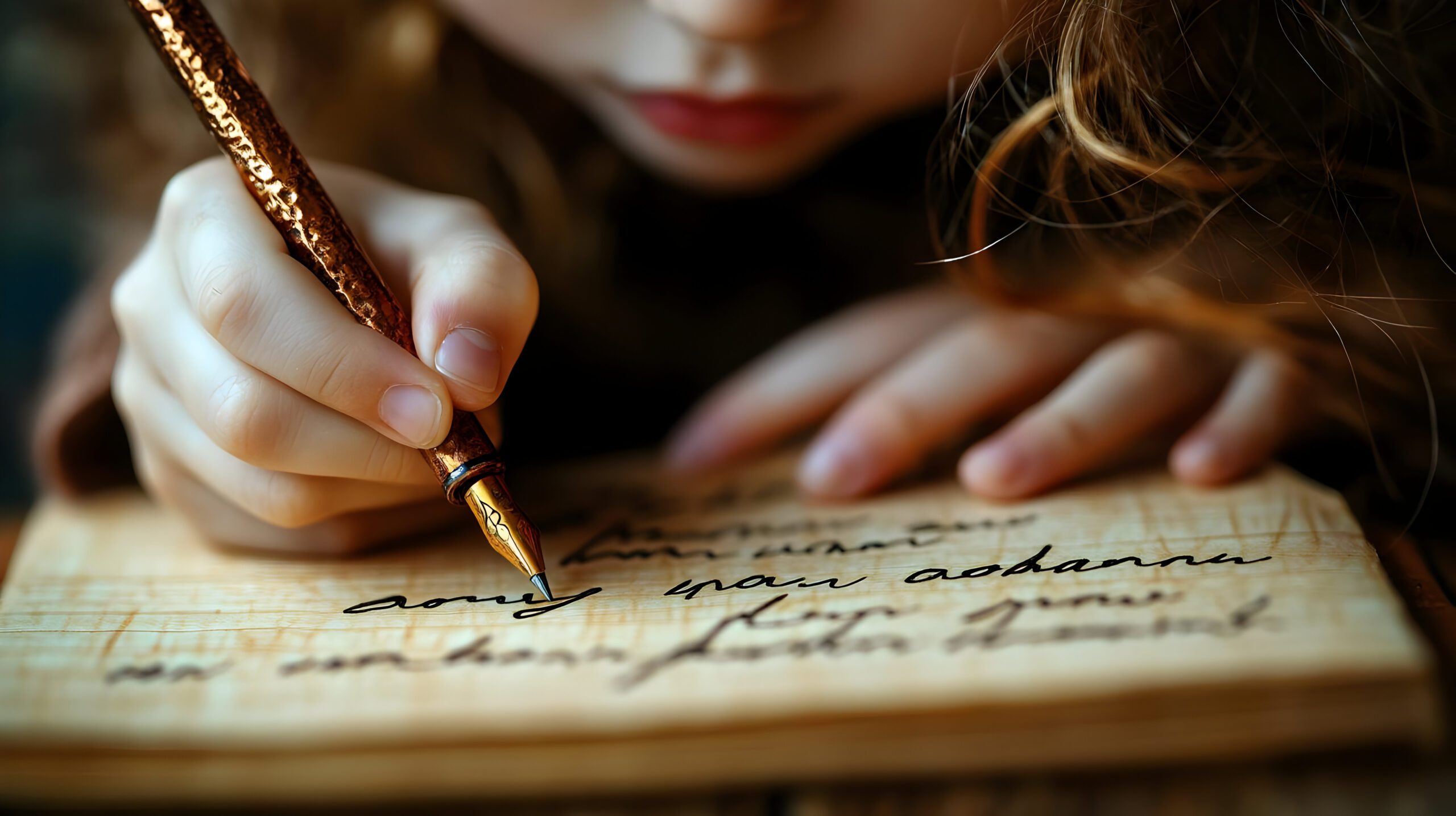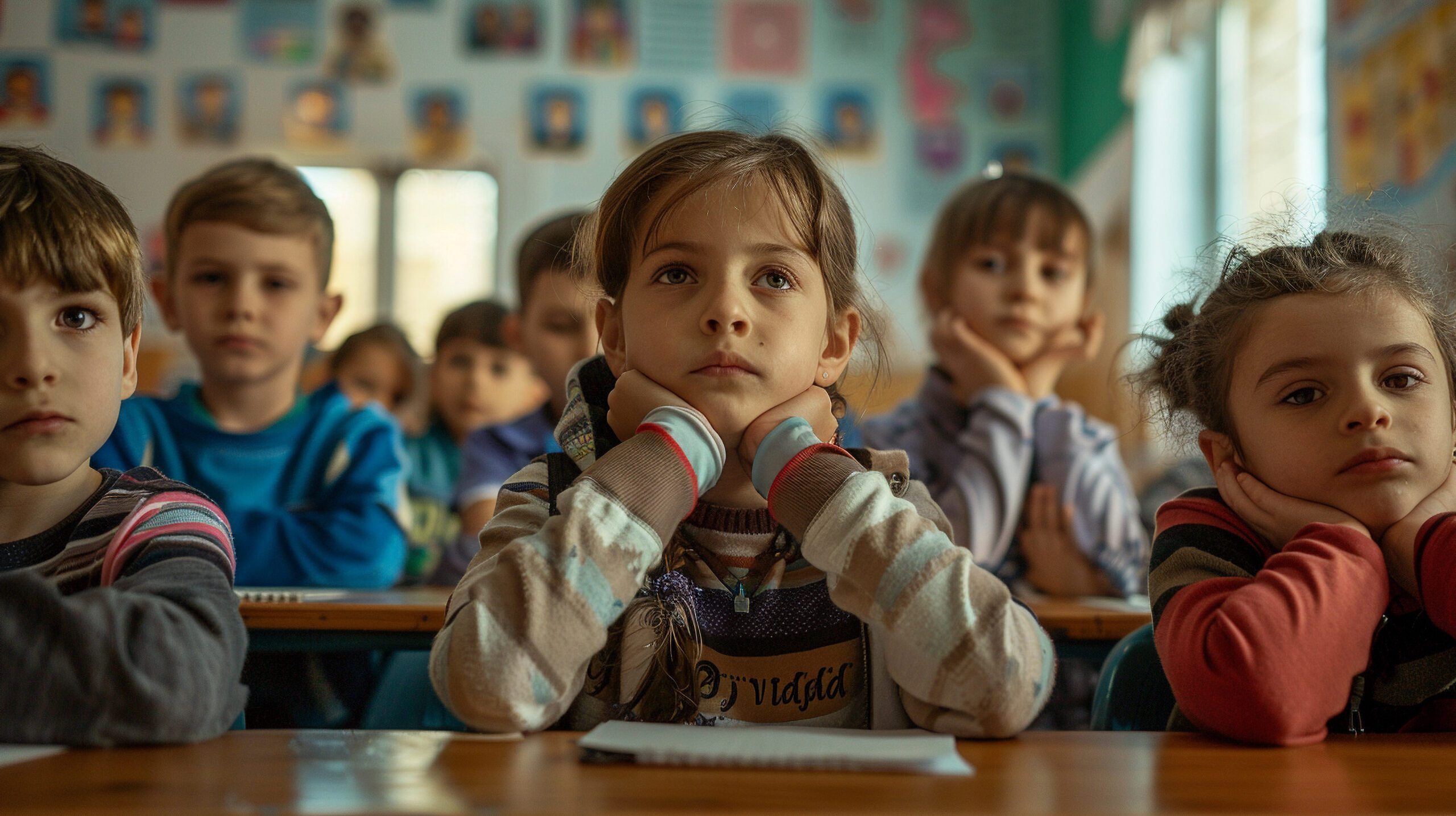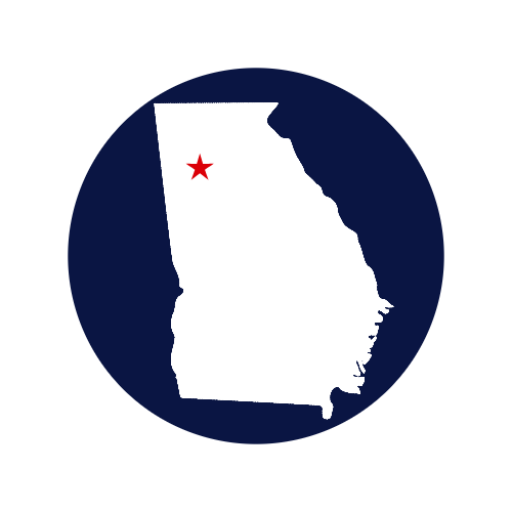What’s in the School Library?
Early exposure to sexually explicit or pornographic material can harm young children.
This proven concept seems logical, well-founded, and sensible – not one that should
require discussion or create divisiveness. There are even laws against exposing minors
to pornographic material. Yet, there has been a continuous swirling debate centered
around the placement of obscenity and pornography in our school libraries.
Curation or Censorship?
There are two wildly divided sides to this debate.
The two parties are not even speaking the same language. Questions asked in the
parental vernacular are answered with ideological jargon.
Parents want to curate content sensibly. In American Library Association jargon, there
is no such word as curate, only censorship and book banning.
Parents are concerned about their children sanity, and the American Library
Association is concerned with the children’s “rights” and stated the following,
“Library policies and procedures that effectively deny minors equal and equitable access to all library resources available to other users violate the Library Bill of Rights. The American Library Association opposes all attempts to restrict access to library services, materials, and facilities based on the age of library users. Amended 2019” 1
What is going on here?
Professionals Weigh In
Though it does not take a degree in psychology to conclude that adult material is
inappropriate for children, plenty of professionals have weighed in on the matter.
The American College of Pediatrics warns that:
“Children suffer many negative effects due to modern society’s exposure to and
acceptance of pornography. These negative effects include mental disturbance and
unrest for the young school-age child, including acting out and violent behavior.
Because of its harmfulness to children, pornography must never be used as a tool to
teach children human sexuality.” 2
What the Studies Show
A randomized controlled study, cited in the same paper by the Association of Pediatrics,
revealed troubling outcomes for the group who participated in viewing pornography.
Here are just a few examples:
- “Male subjects demonstrated increased callousness toward women.”
“Subjects considered the crime of rape less serious.” - “Subjects showed a greater acceptance of female promiscuity.”
It is not far-fetched to suggest that the exposure of a child to pornography in a library
could lead to mental disturbances and acting out – which in turn could easily lead to
“labelling” and medication. There are even signs in some public libraries advertising
how to get help for mental health problems.
The American Library Association
What does the American Library Association think about all of this?
The ALA has yet to respond rationally to concerns with earnest review or study. Instead,
it has placed instructions on its website on how to spew its jargon at school board
meetings and take concerned parents to task.
The machinations around the asserted rights of librarians to expose children to
pornography are symptomatic of a profession gone mad. Many librarians seem to have
forgotten their role as custodians of knowledge for the civilization they serve.
What is a Librarian?
Librarians have existed since man learned to write. It was (and is) the job of librarians
to protect, organize, and store written information so it can be accessed by citizens and
preserved for future generations. Early librarians were called “men of the written tablet”
by the Assyrians.
An article from Wikipedia entitled The Librarian is rich with the professions history
throughout the centuries. Here is just one excerpt that puts today’s library shenanigans
in perspective:
John Dury is considered to be the first English library theorist….. He held that librarians should
not only care for the books but should also be well educated and accomplished to raise
the standards of librarianship. …. Gottfried Leibniz upheld that the librarian was the
most important factor in the aid of learning…. 3
What Should Be in the School Libraries?
While there is plenty of discussion about what shouldn’t be in our school libraries, where
is the research about what should be in there? Are the librarians so eager to promote children’s “rights” even aware of the history behind these divine rights?
How about books about the real history behind the Bill of Rights? Where are the books that align with the classic tradition that our founding fathers were educated in—a tradition that goes back 2500 years to the age of Pericles. It
is based on the knowledge that it was the duty of the culture to educate its citizens in
certain traditions so citizens could sensibly give back to the culture. Cultures endure
through knowledge. And that knowledge is in libraries.
Better Reading and Better Education
Fortunately, several good groups with members have risen above the clamor and can
still think – trying to point the way to better reading and education.
For example, Freedom in Education (freedomined.org) and Rated Books have partnered
up to teach parents how to challenge the presence of pornography in school libraries.
That is the first step.
And Freedom in Education has partnered with groups that advocate for better
curriculums and reading for our children.
If you want to help fix our libraries and curriculums, reach out to these groups. They
need your help.
The future will be shaped by what our children see and read now.
References:
- Schools and Minors’ Rights, The American Library Association
- The Impact of Pornography on Children, American College of Pediatricians – Updated August 2024
- The Librarian, Wikipedia





